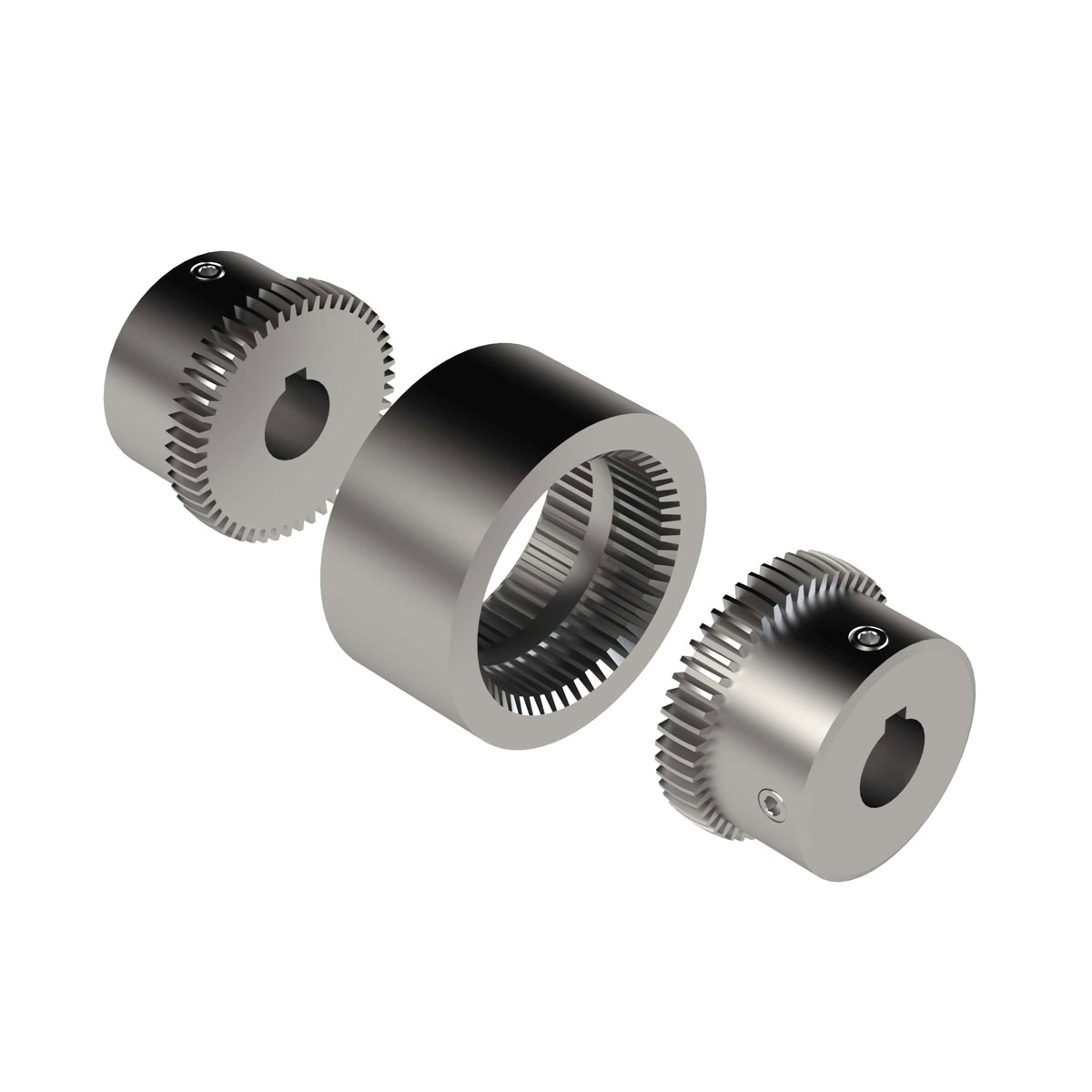Gear Couplings
Gear couplings are mechanical connecting elements that provide power and motion transmission between two shafts. Its basic function is to connect one shaft to another and transfer the torque required to rotate that shaft. This is a method used to transfer rotational motion from one machine's power source to another machine. Gear couplings are frequently used in applications requiring high torque and high speed, for example in industrial machinery and power generation plants.
Gear couplings provide low slip even at high speeds, ensuring accurate and efficient transmission. Gear couplings are also resistant to impacts and vibrations, reducing the risk of damage to the system.
There are different types of gear couplings. The most commonly used types include gear, elastic, disc and pin thread couplings. Each type has different advantages for specific applications and requirements. For example, the elastic type can absorb vibration, while the gear type may be more suitable for high torque transmission.
It can be said that gear couplings require little or no maintenance. However, for their long life and reliability it is important that they are checked periodically and lubricated when necessary.
When used correctly and with regular maintenance, gear couplings ensure efficient operation of machines and provide long-term durability.
| Min | Max | |
